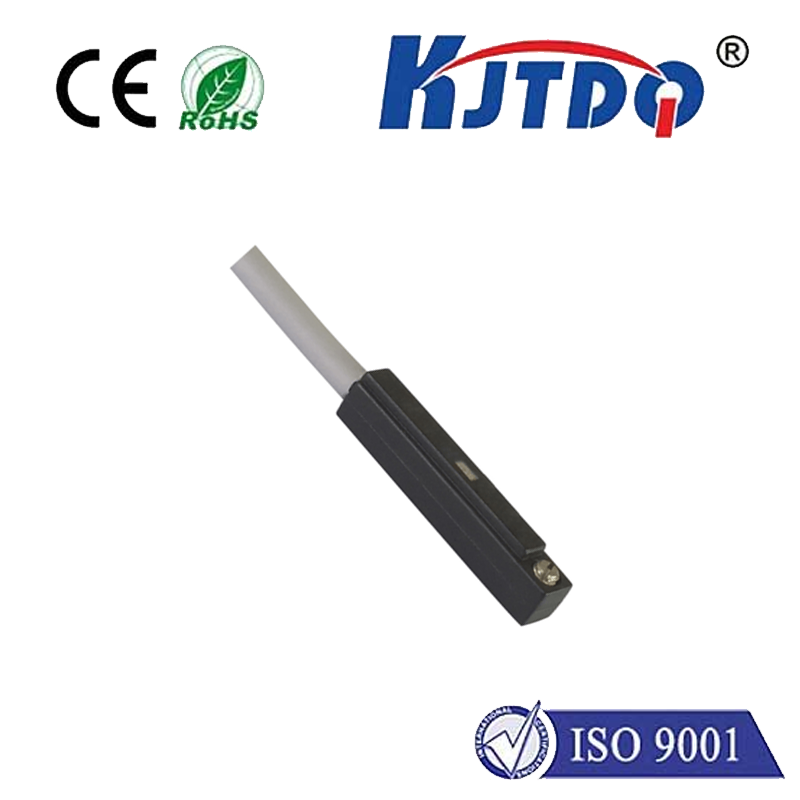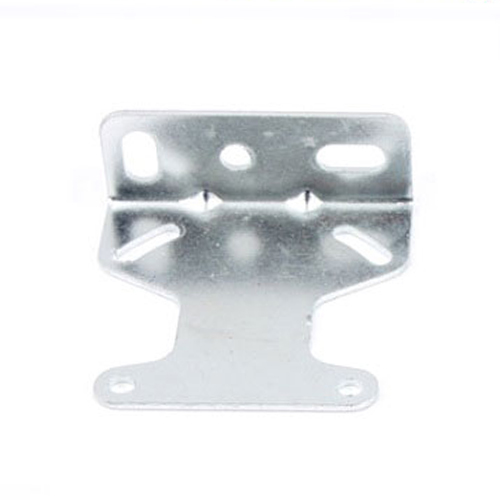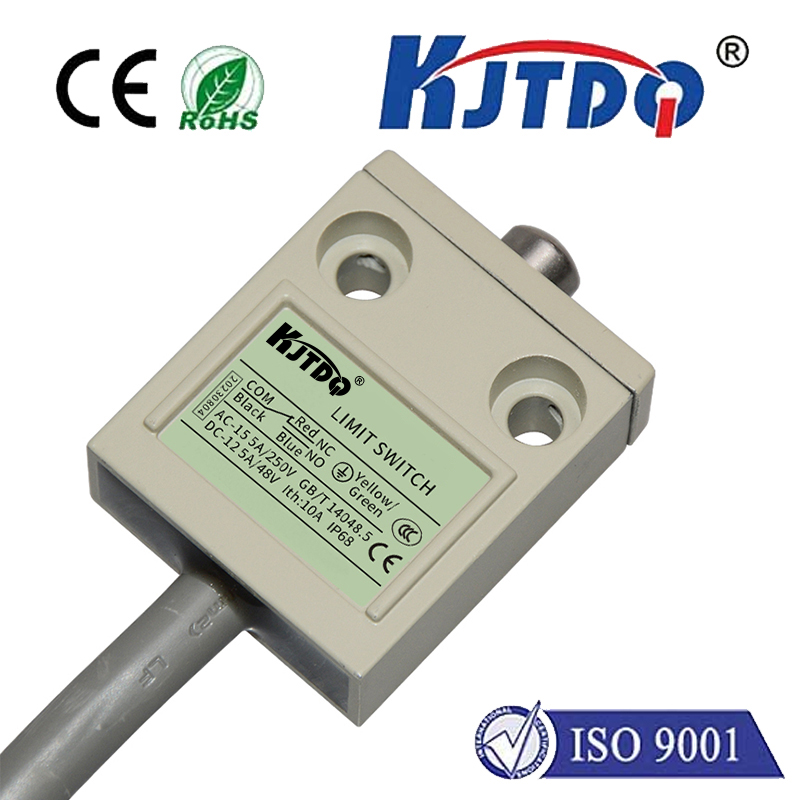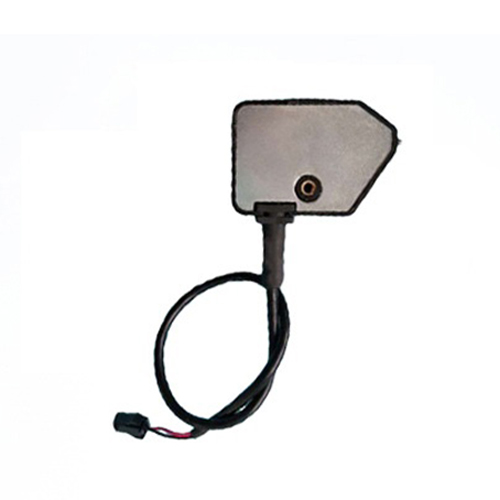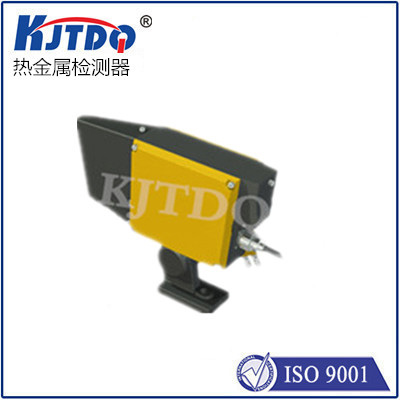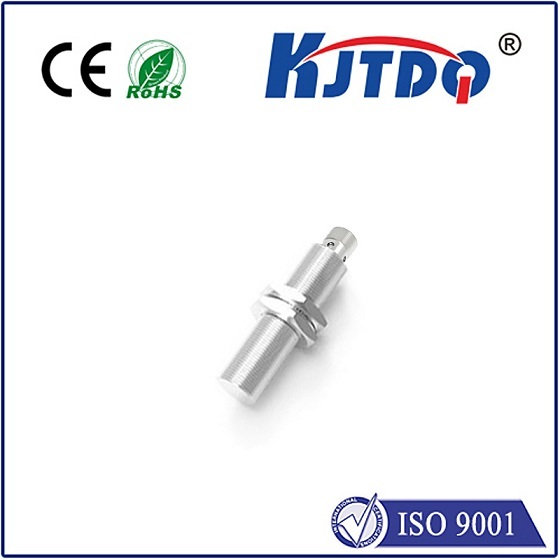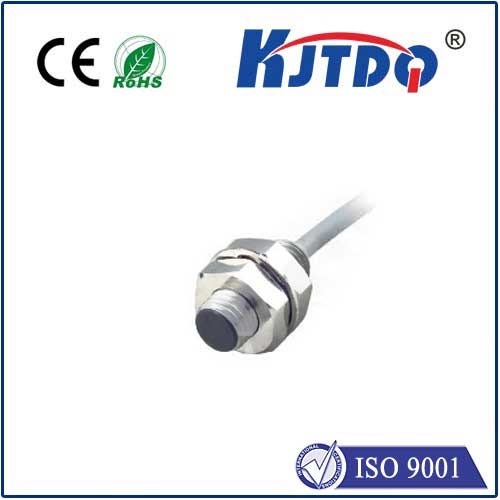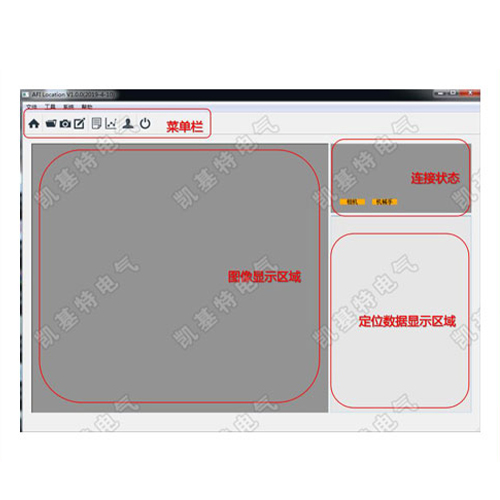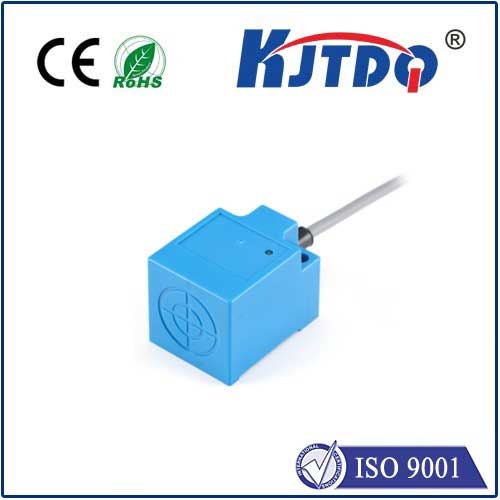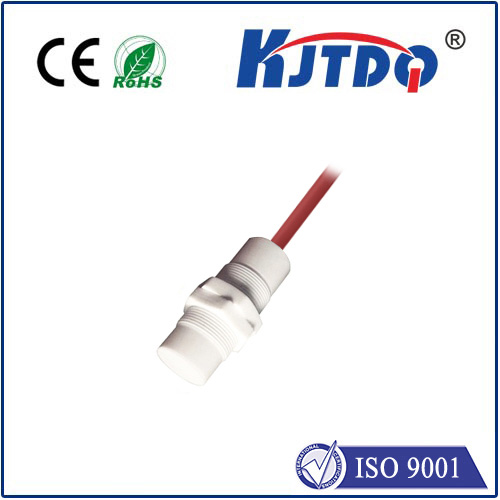laser snow depth sensor
- time:2025-08-29 02:17:46
- Click:0
Laser Snow Depth Sensors: Precision Measurement for Modern Snow Management
Imagine accurately measuring snow depth across vast, remote terrain without stepping outside, enduring harsh blizzards, or disturbing the delicate surface. This isn’t science fiction; it’s the everyday reality delivered by Laser Snow Depth Sensors. These sophisticated devices represent a paradigm shift in how industries and researchers gather critical snow data, offering unparalleled accuracy, reliability, and automation compared to traditional methods like stakes or manual probing.
Why Traditional Methods Fall Short (And Why Lasers Excel)
For centuries, knowing snow depth relied heavily on physical intervention. While simple, manual measurements suffer significant drawbacks:
- Human Error & Risk: Measurements are subjective and prone to inconsistency. Accessing measurement points, especially in avalanche-prone or treacherous terrain, poses safety hazards.
- Limited Reach & Coverage: Manual methods provide point data only. Building a comprehensive picture of snow distribution requires numerous measurements, which is time-consuming and often impractical for large areas.
- Time-Consuming & Labor-Intensive: Regular monitoring demands substantial manpower, especially during intense snowfall periods.
- Surface Disturbance: Physically inserting a probe or stake alters the very snowpack being measured, potentially affecting subsequent readings, especially for density or stratigraphy studies.
Laser snow depth sensors overcome these limitations fundamentally. They utilize advanced optical measurement technology, specifically non-contact laser distance measurement, to determine the distance from the sensor down to the snow surface below. The core principle is elegantly simple yet highly precise: Time-of-Flight (ToF).
Unpacking Laser Snow Depth Sensor Technology: The Core Principle

- The Laser Pulse: The sensor emits a focused, narrow beam of infrared laser light directly downward.
- The Reflection: This light travels through the air and reflects off the top layer of the snow surface.
- Timing is Everything: An ultra-sensitive detector within the sensor precisely measures the time it takes for the laser pulse to travel to the snow surface and back. The speed of light is a known constant.
- Calculating Depth: Using the simple formula
Distance = (Speed of Light x Time of Flight) / 2, the sensor calculates the distance to the snow surface. By knowing the precise installation height of the sensor above a fixed reference point (like the ground), the snow depth is derived by subtracting the measured distance from the reference height. Snow Depth = Reference Height - Measured Distance.
Key Advantages Driving Adoption
The adoption of laser snow depth sensors is accelerating due to compelling benefits:
- Unmatched Accuracy & Precision: Laser distance measurement provides millimeter to centimeter-level accuracy, far exceeding manual methods. This precision is crucial for hydrological forecasting, avalanche prediction, and scientific research.
- True Non-Contact Measurement: The laser beam measures without touching the snow. This eliminates surface disturbance and allows measurements on very soft or fragile snow surfaces impossible to probe without sinking.
- Exceptional Reliability: Modern sensors incorporate features like window heating to prevent snow or ice accumulation over the optics. Advanced signal processing filters out noise from falling snow or blowing debris, ensuring reliable data even in heavy storms.
- Low Maintenance & Durability: Designed for permanent outdoor installation, these sensors typically require minimal maintenance beyond periodic cleaning checks. Robust enclosures withstand extreme temperatures, high winds, humidity, and UV exposure.
- Continuous, Automated Operation: Capable of taking measurements automatically at programmable intervals (e.g., every 15 minutes, hourly), they provide a rich, continuous dataset without human intervention. This enables real-time monitoring crucial for operational decisions.
- Remote Monitoring Capabilities: Data is easily transmitted via various interfaces (SDI-12, RS-485, Modbus, Ethernet, analog outputs) to dataloggers, SCADA systems, or cloud platforms. Users access snowfall, snow depth trends, and melt rates remotely from anywhere.
- Wide Area Coverage: While a single sensor provides a point measurement like a stake, its high accuracy and ease of deployment often mean networks provide superior area coverage more efficiently than manual methods.
Where Laser Snow Depth Sensors Make a Critical Difference
This technology finds vital applications across numerous sectors:
- Ski Resorts & Winter Sports: Essential for quantifying snowfall totals, monitoring base depths on slopes and cross-country trails, and optimizing grooming operations. Real-time data enhances guest information and safety reporting.
- Road & Rail Operations (Winter Road Maintenance): Critical for avalanche forecasting centres and transportation departments. Sensors placed in high-risk zones provide early warning data for avalanche control work. They also monitor snow loads on structures and help optimize timing for plowing and salting operations on highways and rail corridors.
- Hydrology & Water Resource Management: Accurate snowpack depth is a primary input for predicting spring runoff volumes, managing reservoir levels, and mitigating flood risks. Laser sensors provide the reliable, automated data needed for sophisticated hydrological models.
- Climate & Environmental Research: Scientists rely on precise, long-term snow depth records to study climate change impacts, snow albedo effects, ecosystem dynamics in snowy regions, and the crucial role of snowpack in the global water cycle.
- Agriculture: Understanding snow depth and melt timing helps farmers manage water resources for irrigation and predict potential flood risks to fields.
- Aviation: Monitoring snow depth on runways and taxiways is vital for safety and efficient operations control.
Considering Laser Sensors: Practical Aspects
- Installation: Requires a secure mounting structure (tripod, pole, tower) positioned at a known height above a stable, fixed reference point (ground or fixed platform). Proper leveling and alignment are crucial.
- Mounting Height: The choice depends on expected maximum snow depth plus a safety margin, while ensuring the laser beam divergence doesn’t cause unintended reflections from nearby objects. Typical heights range from 2 meters to 10+ meters.
- Field of View & Beam Divergence: While highly focused, the laser beam does have a small divergence (e.g., 0.1° to 0.5°). This creates a small measurement spot on the snow surface (e.g., a few cm diameter at 5m height). It’s essential to ensure this spot falls on representative snow and avoids nearby obstructions like tall vegetation or rocks. Some models integrate obscuration detection algorithms to flag potential interference.
Laser vs. Ultrasonic Snow Sensors: A Key Distinction
Ultrasonic sensors are also popular for non-contact snow depth measurement. However, laser sensors generally offer superior performance in challenging conditions:
- Wind & Temperature Effects: Ultrasonic measurements can be affected by wind speed and significant temperature gradients, as sound travels slower in colder air. Laser light is virtually unaffected by wind or typical atmospheric temperature variations.
- Precision: Laser sensors typically achieve significantly higher measurement accuracy and resolution.
- Smaller Measurement Spot: The focused laser beam provides a smaller measurement spot size, minimizing the impact of surface irregularities or vegetation poking through the snow compared to the wider beam of ultrasonic sensors.
Embracing Precision in Snow Measurement
Forget laborious manual probes and inconsistent stake readings. Laser snow depth sensors deliver a level of precision, reliability, and operational efficiency previously unattainable in snow monitoring. By providing continuous, non-contact measurement directly at the point of interest, regardless of weather conditions, these devices empower industries from avalanche safety and winter road maintenance to ski resort management and climate science. For any operation where accurate snow depth data translates directly into safety, efficiency, cost savings, or critical scientific insight, laser snow depth sensors are rapidly becoming the indispensable, high-tech tool of choice.






